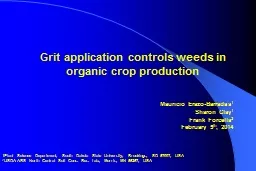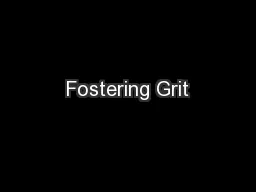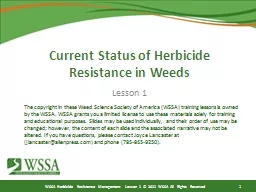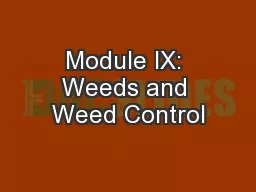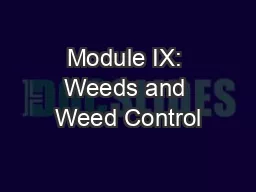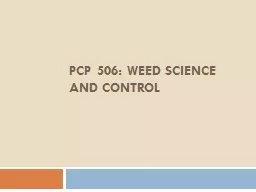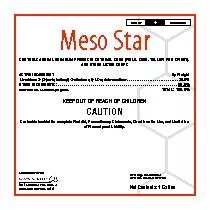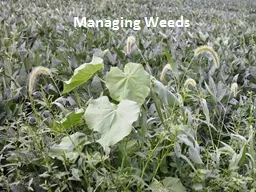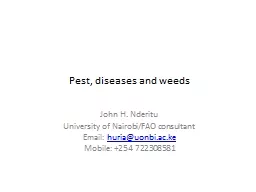PPT-Grit application controls weeds in organic crop production
Author : crunchingsubway | Published Date : 2020-06-25
Mauricio ErazoBarradas 1 Sharon Clay 1 Frank Forcella 2 February 5 th 2014 1 Plant Science Department South Dakota State University Brookings SD 57007 USA 2 USDAARS
Presentation Embed Code
Download Presentation
Download Presentation The PPT/PDF document "Grit application controls weeds in organ..." is the property of its rightful owner. Permission is granted to download and print the materials on this website for personal, non-commercial use only, and to display it on your personal computer provided you do not modify the materials and that you retain all copyright notices contained in the materials. By downloading content from our website, you accept the terms of this agreement.
Grit application controls weeds in organic crop production: Transcript
Download Rules Of Document
"Grit application controls weeds in organic crop production"The content belongs to its owner. You may download and print it for personal use, without modification, and keep all copyright notices. By downloading, you agree to these terms.
Related Documents

